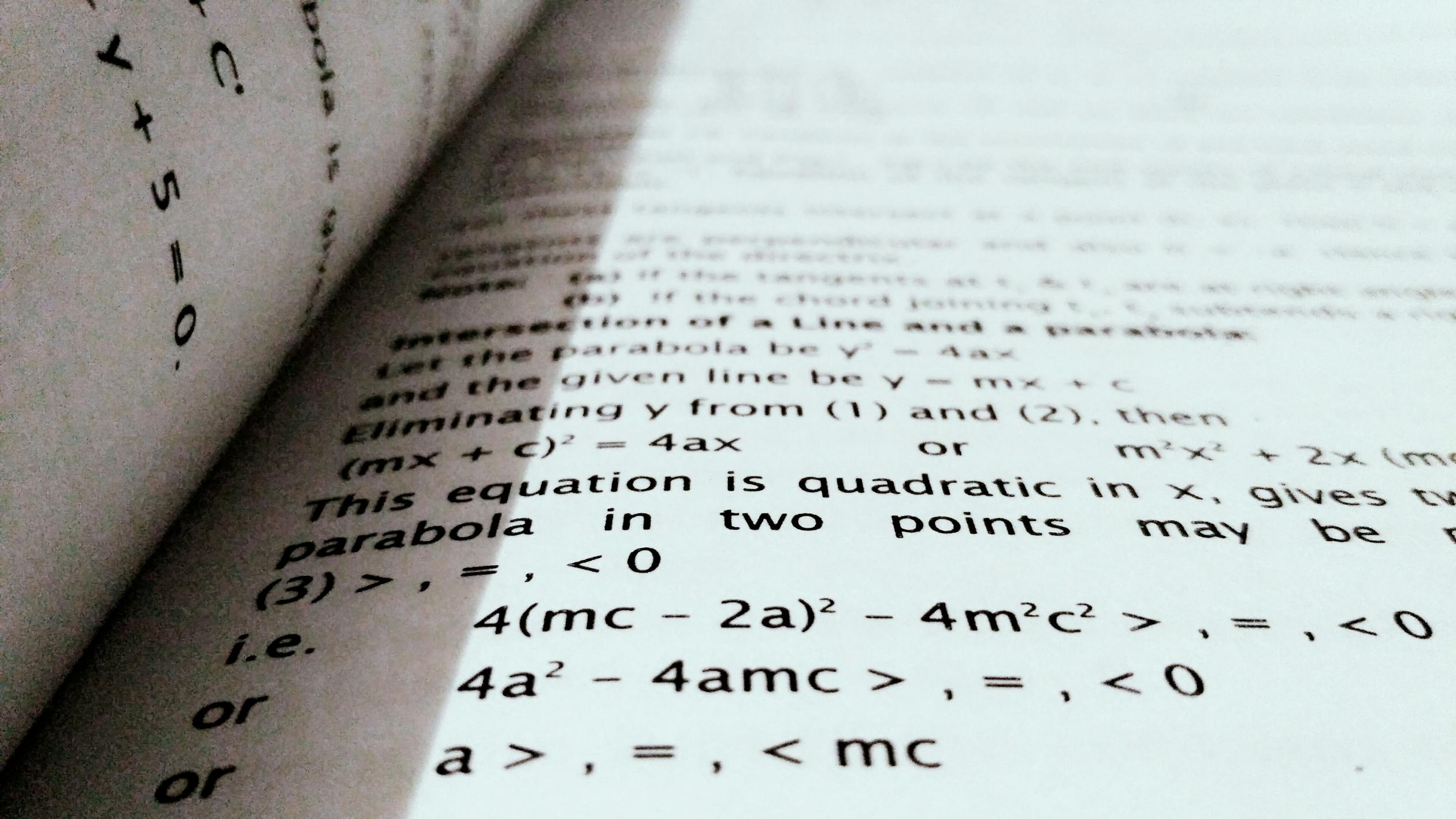Conceptual Approach - One Dimensional Motion - Part - II, Class XI - Physics
What is average acceleration?
The average acceleration of a particle during a time interval is defined as the ratio of change in velocity to the time interval. Acceleration is a vector quantity. Therefore it has magnitude as well as direction. The SI unit of acceleration is m/s2.
Note 1: The acceleration of a moving particle may be positive or negative. The negative acceleration is sometimes referred as retardation or deceleration.
Note 2: We don’t use vector symbol for acceleration in one dimensional motion. Positive or negative sign is sufficient.
What is Instantaneous acceleration?
It is defined as time rate change of velocity. In simple words, similar to velocity, acceleration at a particular instant is called as instantaneous acceleration.
Important:
All the topics covered in previous blogs were for introduction. And none of these will help you to crack any examination. If you dealing in physics, then you must know the calculus. In next blog we will see calculus.
Follow us @ Facebook : Advanced Tech World
Follow us @ Twitter : Advanced Tech World
Ask us @ Quora : Advanced Tech World
Join the Group : Advanced Tech World
 |
| Mathematics |


0 Comments